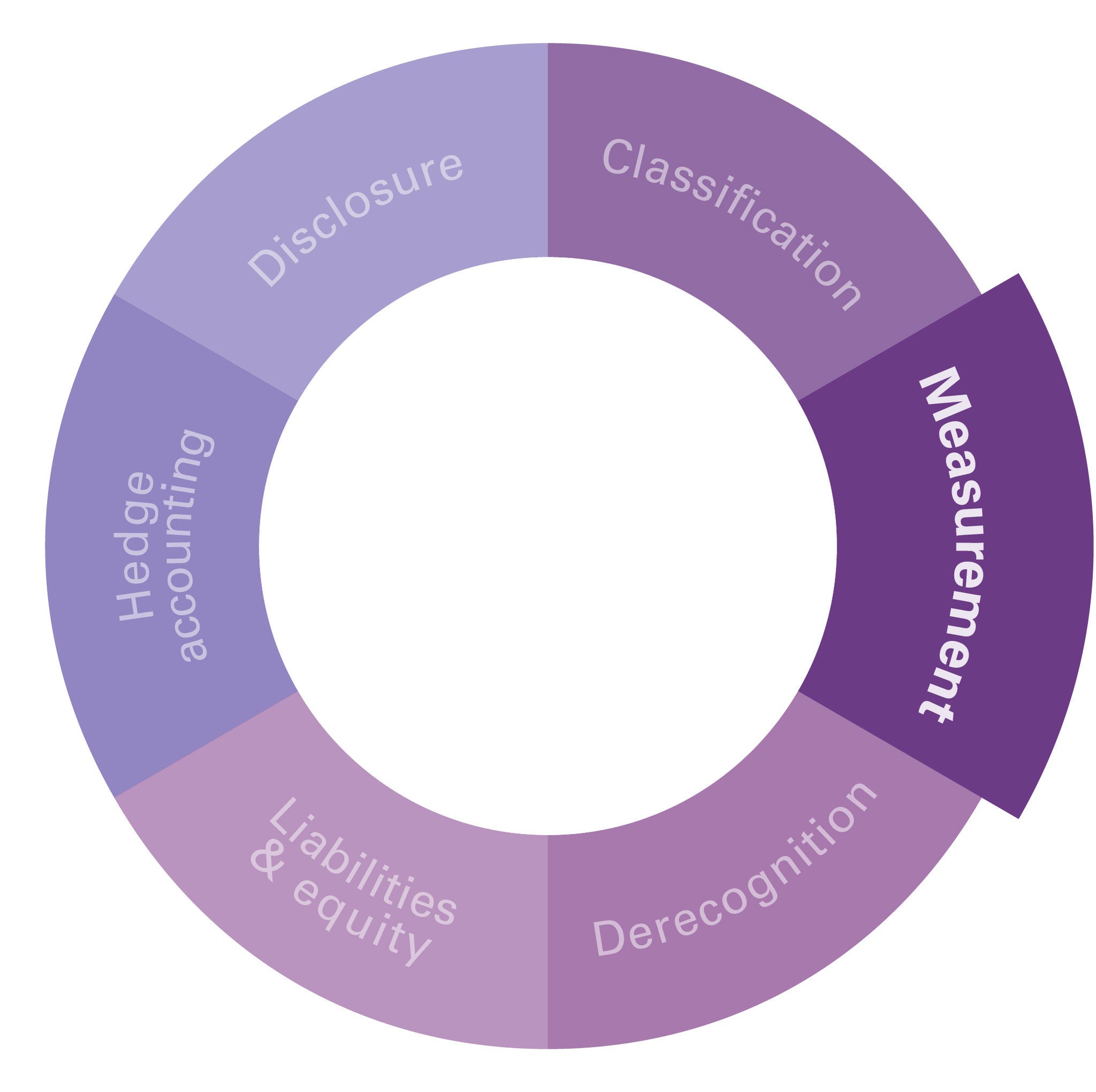Borrowers often incur additional costs as part of loan renegotiations, and the accounting for these costs differs depending on whether the loan modification is substantial or not. In this article, KPMG explains the accounting treatment that applies to different types of costs that a borrower may incur as a result of a loan renegotiation.

Scenario
Company P has a $10 million loan from a bank with the following key terms:
- 5 years until maturity
- Fixed interest rate of 7% p.a.*
- Loan can be prepaid at any time without significant penalty.
Company P renegotiates the terms and the bank agrees to reduce the interest rate to 5% p.a. to reflect current market rates. In doing so, it incurs the following costs:
- Modification fee charged by the bank of $15,000
- Fees payable to an external adviser assisting P with the loan renegotiation of $18,000
- Bank legal fees, paid directly to the bank’s lawyer, of $12,000.
*Assuming no transaction costs at the time of initial recognition
Questions
All costs incurred should be expensed immediately in profit or loss, unless it can be demonstrated that they relate solely to the recognition of the new loan, for example, taxes or registration fees payable on execution of the new liability.
Company P must capitalise the transaction costs as part of the new carrying amount and amortise over the remaining term of the modified loan.
As a result, the original effective interest rate of 7% is adjusted to 7.11% to reflect these transaction costs.
Company P has an accounting policy choice, to be applied consistently, to either:
- Capitalise the transaction costs as part of the new carrying amount and amortise over the remaining term of the modified loan, or
- Expense all transaction costs immediately in profit or loss.
If the transaction costs are capitalised as part of the carrying amount, the revised effective interest rate of 5% will be adjusted to 5.10% to reflect these transaction costs.
If the transaction costs are capitalised as part of the carrying amount, the revised effective interest rate of 5% will be adjusted to 5.10% to reflect these transaction costs.
Getting technical
If an exchange of debt instruments or modification of terms is accounted for as an extinguishment, any costs or fees incurred are recognised as part of the gain or loss on the extinguishment. In our view, no transaction costs should be included in the initial measurement of the new liability unless it can be incontrovertibly demonstrated that they relate solely to the new liability and in no way relate to the modification of the old liability. This is not usually possible but may apply to taxes and registration fees payable on execution of the new liability [AASB 9.B3.3.6].
If an exchange of debt instruments or modification of terms is not accounted for as an extinguishment (i.e. because the modification is deemed non-substantial), any costs or fees incurred adjust the carrying amount of the liability and are amortised over the remaining term of the modified liability. [AASB 9.B3.3.6A*]
The original contractual terms may facilitate a repricing of an otherwise fixed interest rate (or an otherwise fixed component of an interest rate) to reflect a change in periodic market rates of interest, either because the lender has a right to demand immediate repayment without significant penalty, or because the borrower has an option to prepay without significant penalty (combined with its ability to obtain alternative financing at market rates from other possible lenders).
In these cases, it appears that the entity may choose an accounting policy, to be applied consistently, to revise the original effective interest rate based on the new terms, to reflect changes in cash flows that reflect periodic changes in market rates. The revised effective interest rate would then be used to discount the modified contractual cash flows for calculation of the modification gain or loss and for subsequent calculation of amortised cost. [AASB 9.B5.4.5-B5.4.6]
In applying this policy, such a change can be seen either as a modification of contractual terms (because the contractual terms have been changed), or as a re-estimation of cash flows in accordance with the original terms of the contract). [AASB 9.B5.4.5]
If the change is seen as a modification, then any costs or fees incurred adjust the carrying amount of the liability and are amortised over the remaining term of the modified liability. [AASB 9.B3.3.6A*]
If the change is seen as a revision of cash flows, any costs or fees incurred are recognised in profit or loss immediately. This is because they do not meet the definition of transaction costs and there is no basis to include them in the measurement of the existing financial instrument.
Get in touch
More financial instruments Q&A
- How does a borrower account for a waiver of loan repayments?
- How does a borrower account for loan repayment holidays obtained during the COVID-19 pandemic?
- When do loan modifications result in derecognition?
- How does a borrower account for a modification to a prepayable fixed rate loan?
- What is the impact of modifying a floating rate loan?
- How do new costs and fees impact modification accounting?
- Does the effective interest rate change with non-substantial loan modifications?
- How does a borrower account for loan renegotiation costs?
- How are unamortised transaction costs accounted for on loan modification?




